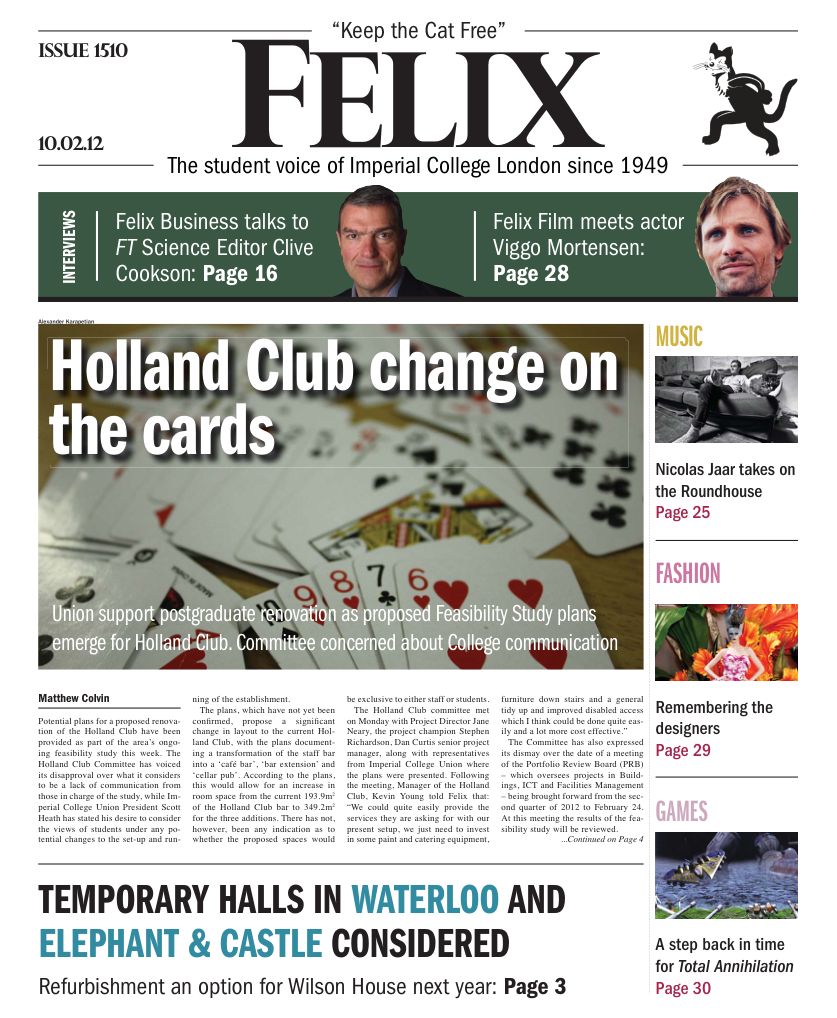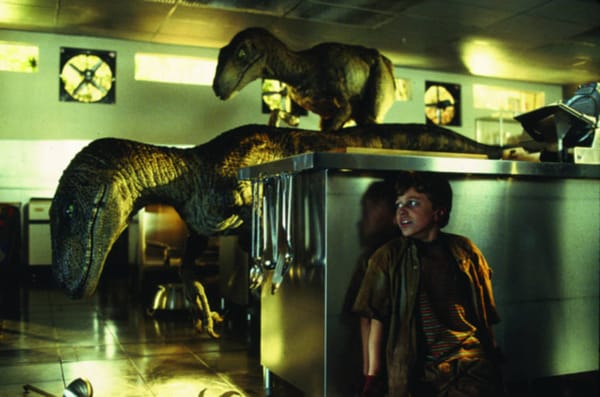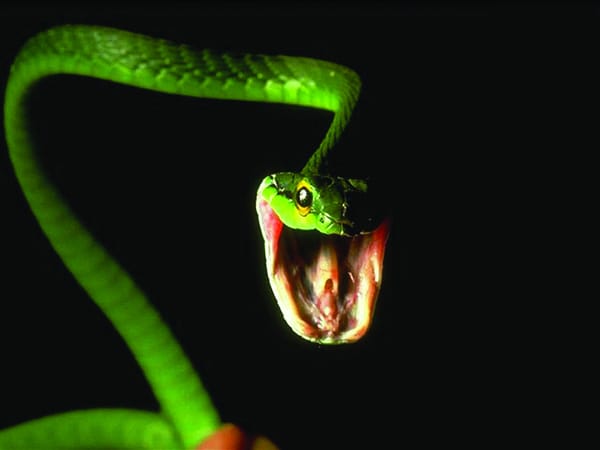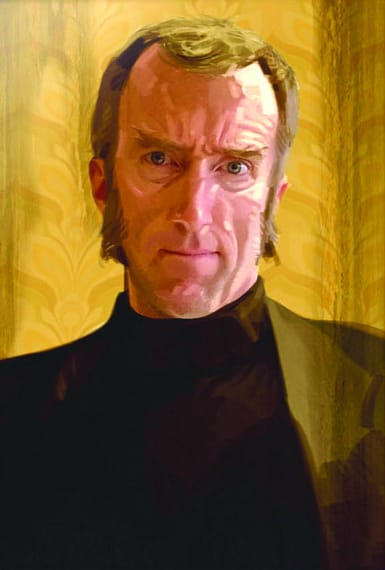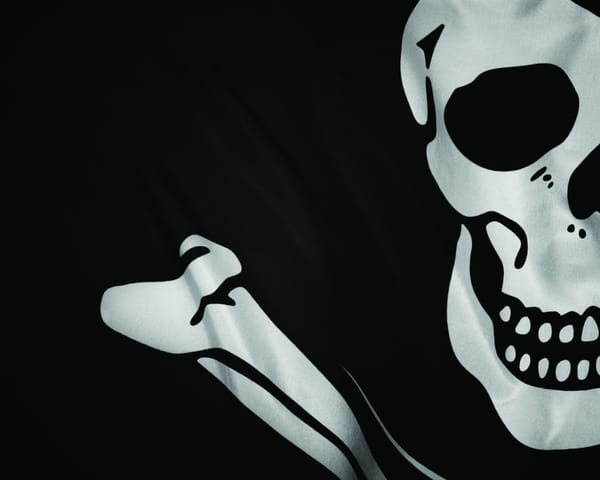Link’s latest epic escapade
Not the best, but certainly not the worst. Rhys Davies embarks on Link’s most recent epic, The Legend of Zelda: Skyward Sword

So I finally completed The Legend of Zelda: Skyward Sword last night.
Zelda has always been a passion for me, even within my geeky realm of video games. I was blown away by the beauty of Ocarina of Time when I first saw it and with each new game, a new fix for my addiction. So when I heard Skyward Sword was on the way, I started salivating. Quite Pavlovian. Even more exciting were the reviews I was heard second-hand through my housemate. The greatest Zelda ever?
Uh, no. Not really.
It’s by no means a bad game, but it just doesn’t hit the high notes I’ve come to expect.
One of Zelda's greatest strengths is the expansive, filled-in worlds. Not in this game.
In the confusing, timey-wimey in-game history of Zelda, this slots in right at the beginning. Link quests to prove himself the hero spoken of in legend and to power up the Master Sword, as it is to become. That second point is remarkably similar to the second half of _The Wind Waker _so already it isn’t winning on originality. The Big Bad in this game is Demise, a demon so powerful that the Goddess Hylia lifted humanity into the skies and sealed his ass in the ground. However, in the game, after three attempts to leave his seal as The Imprisoned, he is finally revived by his follower, Ghirahim. Ghirahim has much more presence as the bad guy but even he only shows up a few times. As a villain, he’s quite fun, mincing camply across the stage, but for the majority of the game, there’s no palpable threat. After the time-skip in Ocarina of Time, Ganondorf’s presence as the evil master of Hyrule is absolute (feeding Gorons to Volvagia, freezing Lake Hylia, putting Ingo in charge of Lon Lon Ranch, etc.) That darkness visible just isn’t present in Skyward Sword.
Graphically, it’s quite pretty. Cel-shading makes a return from _The Wind Waker _but with a more realistic feel. The forests feel luscious, the volcano is sweltering, the sky is so expansive. Nintendo’s hallmark is to continue experimenting with their franchises and here it pays off.
A rewarding retrospective for experienced Zelda aficionados and highly accessible for anyone picking it up for the first time
But it feels small. This is the cardinal sin of Skyward Sword. One of Zelda’s greatest’s strengths is the expansive, filled-in worlds. You always feel like there is something going on and everywhere is connected. Not in this game. On the surface, there are three designated areas (Forest, Volcano and Desert) which you have to visit at least three times within the main plot. Sometimes, different parts become accessible or sometimes, the way to handle the area changes (at one point, the forest floods) but there are still just these areas, which can only be reached from the sky above. And the sky! Fairly big, sure, but with no point. There are hundreds of little islands dotted about but apart from Skyloft, where everybody lives, and the one with the pub on it, there is nothing to do anywhere. Compare with The Wind Waker which had 49 squares of massive ocean and in each one, there was an island with something to do on it (and I’d be lying if all the adventure happened on the islands).
The characters, true to Zelda form, are quite personable and full of charm. If only there were more of them. My favourite game in the series to date is Majora’s Mask for the sheer amount of characters, each with their own unfolding and intercrossing dramas. With such a small cast, there is only so much you can do here.

_Skyward Sword _was released last year, during the 25th anniversary for Zelda. You can tell. The game works very well as a Zelda retrospective. The weapons have all been seen before, from the double clawshot (Twilight Princess, a welcome return) to the bellows (Which I’m sure I saw in The Minish Cap). Familiar names and faces crop up continually. The three provinces, and their guardian spirits, share the names (and rough locations) with those of Twilight Princess. There are a few gorons about, who evolution seems to bounce off like rubber, and amazingly Beedle. That travelling salesman has some very, very strong genes. Aspects of gameplay also resurfaced, most notably the spirit trials, which Nintendo loved so much in Twilight Princess, they’ve apparently lifted them wholesale from that game. Another trope I was pleased to see return was “Let’s put Link in a cannon!”
A less welcome return is the annoying helper. This time, it comes in the guise of Fi, the spirit of the Master Sword. She’s butts in constantly, to point out the most obvious of facts, in an oddly technical language. “There is a 60% chance that…” , “I have calculated that…”, “My records indicate…” This is the earliest Zelda game and you’re accompanied by a computer devoid of personality. In fact, after struggling up to the first dungeon with her, I saved, turned off, and then didn’t play the game for two weeks. That is how grating she is. (Also, the start of the game is slow. Paint-drying slow.)
However, I returned, stuck with it and finally completed it. I’m glad I did. Nothing about it makes it the best Zelda game ever but it is still a good game. A rewarding retrospective for experienced Zelda aficionados and highly accessible for anyone picking it up for the first time.


